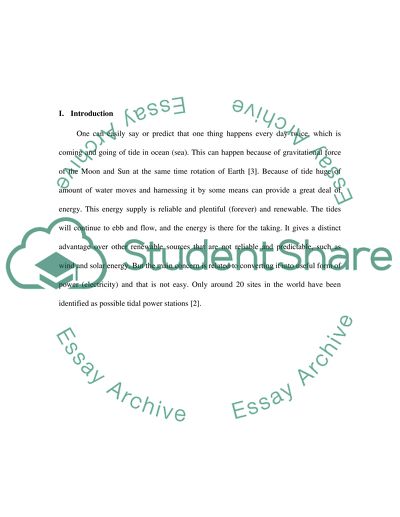Cite this document
(Tidal Turbines and Waves of the Future Term Paper, n.d.)
Tidal Turbines and Waves of the Future Term Paper. Retrieved from https://studentshare.org/environmental-studies/1539014-tidal-power-school-of-mechanical-materials-and-manufacturing-engineering
Tidal Turbines and Waves of the Future Term Paper. Retrieved from https://studentshare.org/environmental-studies/1539014-tidal-power-school-of-mechanical-materials-and-manufacturing-engineering
(Tidal Turbines and Waves of the Future Term Paper)
Tidal Turbines and Waves of the Future Term Paper. https://studentshare.org/environmental-studies/1539014-tidal-power-school-of-mechanical-materials-and-manufacturing-engineering.
Tidal Turbines and Waves of the Future Term Paper. https://studentshare.org/environmental-studies/1539014-tidal-power-school-of-mechanical-materials-and-manufacturing-engineering.
“Tidal Turbines and Waves of the Future Term Paper”, n.d. https://studentshare.org/environmental-studies/1539014-tidal-power-school-of-mechanical-materials-and-manufacturing-engineering.


